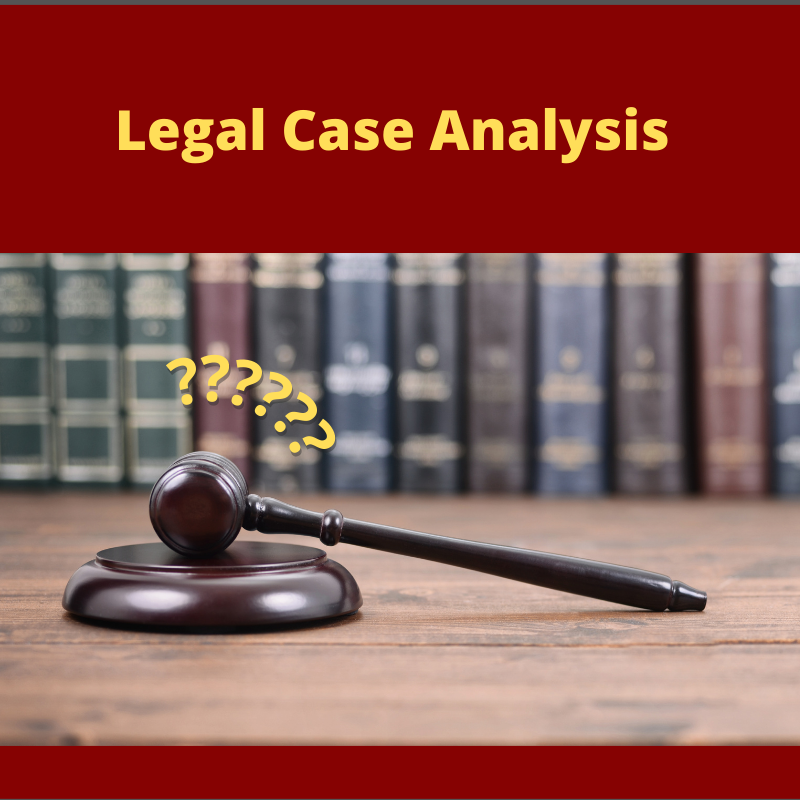Brief update on the cases before the Second Circuit Court of Appeals.
There are a number of Second Amendment Cases that are before the Second Circuit Court of Appeals. While other circuits will consolidate cases, it looks like the Second Circuit did not. This means that there are four or five different cases to track. I am only tracking one, right now.
On March 20th, 2023, the three judge panel heard oral arguments. Each case was given a limited amount of time, half for the good guys, half for the bad guys.
If more than one party on each side wanted to speak, then those parties would have to agree on how much time each got.
Over in the Seventh Circuit Court, they consolidated multiple cases, then gave each side 45 minutes to present their oral arguments. This feels like it isn’t exactly reasonable, but I do not know.
Back at the Second, there are hundreds of documents filed. Some of the these documents are short and not significant. Antonyuk v. Hochul, 22-2972, (2d Cir. Feb 16, 2023) ECF No. 269 is a two-page form letter to a lawyer on the case who used the wrong login ID when submitting a different two-page document telling the court that they would be appearing as additional counsel.
Figure that there are likely around 2000–3000 pages of documents filed in this one case. Just reading all of that takes time.
Just one document references 30 different opinions. I’ve learned that just because a lawyer or judge cites an opinion, it doesn’t mean that they have represented that opinion honestly. So figure another 2000 plus pages of reference cases to read. In some cases, they reference entire websites.
Regardless, on March 20th, the case was heard.
I’ve listened to parts of the audio. It isn’t too bad, not great, but not bad. At least one of the Judges is anti-gun.
In 2017, the 2nd circuit court had a median interval from argument to opinion of less than a month. All circuit courts had a median of 2.2 months. 2018 was 0.7, 2019 was 0.8, 2020 was 0.8, 2021 was 0.5, and in 2022 it was 0.2 months.
The second circuit court has the lowest median time to opinion of the circuit courts.
Having said that, we should expect something from them in the June time frame. I suspect that the plaintiffs (good guys) will open a new appeal to the Supreme Court in July if an opinion is not issued before then.
Like this:
Like Loading...


